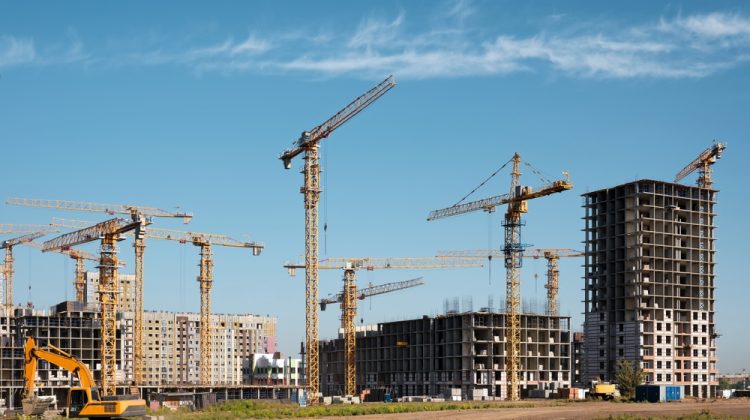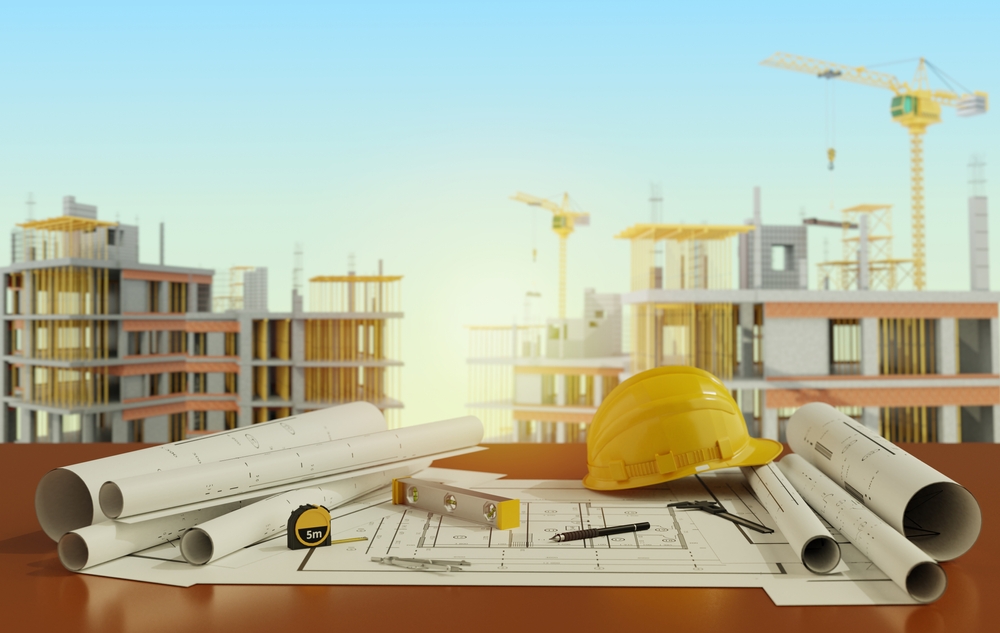
Sustainable Construction Practices in Modern Building
Sustainable Construction Practices for a Greener Future
As the world faces the growing challenges of climate change and urbanization, the construction industry must adapt to more responsible and sustainable construction practices. These methods reduce the negative environmental impact of buildings, conserve natural resources, and promote long-term ecological balance.
By adopting innovative technologies, green materials, and energy-efficient designs, builders can create a future where infrastructure development and sustainability go hand in hand.
What Are Sustainable Construction Practices?
Sustainable construction practices refer to eco-friendly techniques and processes used in the planning, design, construction, and operation of buildings. The goal is to minimize waste, reduce emissions, and make efficient use of energy and resources.
Key elements of these practices include:
-
Use of renewable and low-carbon materials
-
Efficient water and energy management
-
Responsible waste reduction and recycling
-
Incorporation of renewable energy systems
-
Design that supports indoor air quality and occupant health
These principles ensure that buildings contribute positively to the environment throughout their lifecycle.
Why Sustainable Construction Practices Are Important
Implementing sustainable construction practices is crucial for reducing environmental damage and achieving a circular economy.
Here are some major reasons why they matter:
-
Reduced Environmental Impact: Lowers greenhouse gas emissions and waste generation.
-
Energy Efficiency: Enhances building performance and reduces long-term operational costs.
-
Resource Conservation: Promotes responsible use of materials, water, and land.
-
Improved Health: Ensures better indoor air quality and natural lighting for occupants.
-
Economic Benefits: Green buildings often have higher property values and lower maintenance costs.
In essence, sustainable construction practices align economic growth with environmental stewardship.
Top Sustainable Construction Practices
1. Use of Eco-Friendly Building Materials
Choosing eco-friendly and low-carbon building materials like fly ash concrete, bamboo, and recycled steel helps reduce embodied carbon and resource depletion.
2. Energy-Efficient Design
Passive design strategies, natural ventilation, and insulation improve building efficiency. Sustainable construction practices focus on reducing dependence on artificial heating and cooling systems.
3. Waste Management and Recycling
Segregating, reusing, and recycling construction debris minimize landfill waste and environmental pollution. It’s one of the most impactful sustainable construction practices in urban projects.
4. Renewable Energy Integration
Installing solar panels and wind turbines supports energy independence and reduces reliance on fossil fuels, promoting long-term sustainability.
5. Water Conservation
Rainwater harvesting and greywater recycling systems optimize water use and prevent wastage, an essential part of sustainable construction practices in water-scarce regions.

Sustainable Construction in India
India is rapidly adopting sustainable construction to balance infrastructure growth with environmental preservation.
Several initiatives are leading the change:
-
Green Rating for Integrated Habitat Assessment (GRIHA) – India’s national green building rating system promoting energy efficiency.
-
LEED India Certification – Recognizes projects that adopt sustainable materials and resource-efficient technologies.
-
Energy Conservation Building Code (ECBC) – Developed by the Bureau of Energy Efficiency (BEE) to standardize energy-efficient design.
-
National Mission on Sustainable Habitat (NMSH) – Encourages sustainable urban planning and construction.
These programs are transforming the Indian construction landscape toward greener, smarter cities.
Challenges in Implementing Sustainable Construction Practices
Despite their benefits, sustainable construction face challenges such as:
-
High initial investment costs
-
Limited availability of green materials
-
Lack of awareness and skilled labor
-
Resistance to change in conventional construction processes
However, with proper education, government incentives, and industry collaboration, these barriers are gradually being overcome.
Benefits of Sustainable Construction Practices
Adopting sustainable construction offers numerous long-term benefits:
-
Lower Carbon Footprint and energy use
-
Healthier Living Spaces for occupants
-
Reduced Maintenance Costs
-
Compliance with Environmental Standards
-
Contribution to National Climate Goals
These practices not only support environmental goals but also drive innovation and cost savings in the construction industry.
Partner with AMS India for Sustainable Construction
At AMS India, we specialize in implementing sustainable construction that reduce waste, enhance efficiency, and comply with India’s green standards.
Our experts work with developers, architects, and organizations to deliver environmentally responsible projects using the latest green technologies and low-carbon materials. Together, we can build a future that’s sustainable and resilient.
Conclusion
Sustainable construction are no longer optional—they’re essential for building a better tomorrow. By using renewable energy, green materials, and innovative technologies, we can reduce our carbon footprint and promote responsible development.
As India continues its journey toward urban expansion, adopting sustainable construction will ensure growth that’s not only modern but also environmentally conscious and future-ready.
Read more related articles to enhance your knowledge and make informed decisions
Cost-Effective Modular Construction: Fast, and Sustainable Building Solutions
Smart Modular Buildings: Innovative, Efficient, and Sustainable Construction








